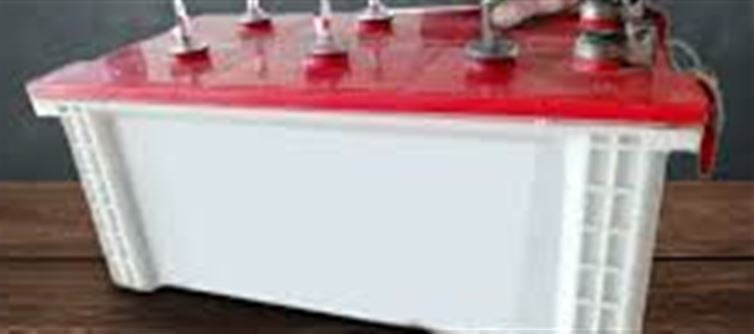
Inverter batteries are the backbone of uninterrupted power during frequent outages, especially in summer. But did you know that improper placement and poor maintenance can cut their lifespan in half? Whether it’s about where to keep your battery or what water to use, every small step counts. Here are seven expert tips to keep your inverter battery performing at its best.
1. Pick a Well-Ventilated Location
Heat is the biggest enemy of inverter batteries. During charging, they release heat and gases.
- Choose a cool and well-ventilated space to allow proper airflow.
- Avoid enclosed cabinets or tight corners.
- Good ventilation prevents overheating and improves overall performance.
2. Keep Away from Sunlight and Moisture
Direct sunlight or damp conditions can damage the battery.
- Sunlight may cause overheating and water evaporation inside the battery.
- Moisture can lead to rust, corrosion, and even electrical short circuits.
- Always place the battery in a clean, dry, and shaded spot inside your home.
3. Say No to Rainwater or Tap Water
Using the wrong type of water is one of the most common mistakes.
- Always use distilled water for topping up your battery.
- Tap water or rainwater contains minerals and impurities that damage the battery plates.
- Check the water level regularly and ensure it is neither too low nor overflowing.
4. Maintain Proper Water Levels
Low water levels reduce performance, while overfilling can cause leakage.
- Ideally, check the battery water level once every two months.
- Follow the manufacturer’s guidelines for the correct water level mark.
- Use a funnel to pour distilled water to avoid spillage.
5. Regular Cleaning is a Must
Dust and corrosion can drastically impact battery efficiency.
- Wipe the battery surface regularly to keep it dust-free.
- Apply petroleum jelly to battery terminals to prevent rusting.
- Inspect for cracks or leaks; replace the battery immediately if damaged.
6. Discharge & Recharge Periodically
Even if your area doesn’t experience power cuts frequently, batteries need periodic charging cycles.
- Discharge and recharge the battery at least once a month to prevent sulfation.
- Sulfation occurs when lead sulfate crystals harden, reducing battery capacity.
- Regular usage keeps the battery healthy and performance-ready.
7. Follow a Maintenance Schedule
Set reminders for cleaning, water top-up, and inspection.
- A simple monthly maintenance routine can extend the battery life significantly.
- Professional servicing every 6–12 months ensures peak performance.
Pro Tip:
Investing in a good-quality battery stand and covering the battery with a dust shield can add an extra layer of protection.
.jpg)




 click and follow Indiaherald WhatsApp channel
click and follow Indiaherald WhatsApp channel